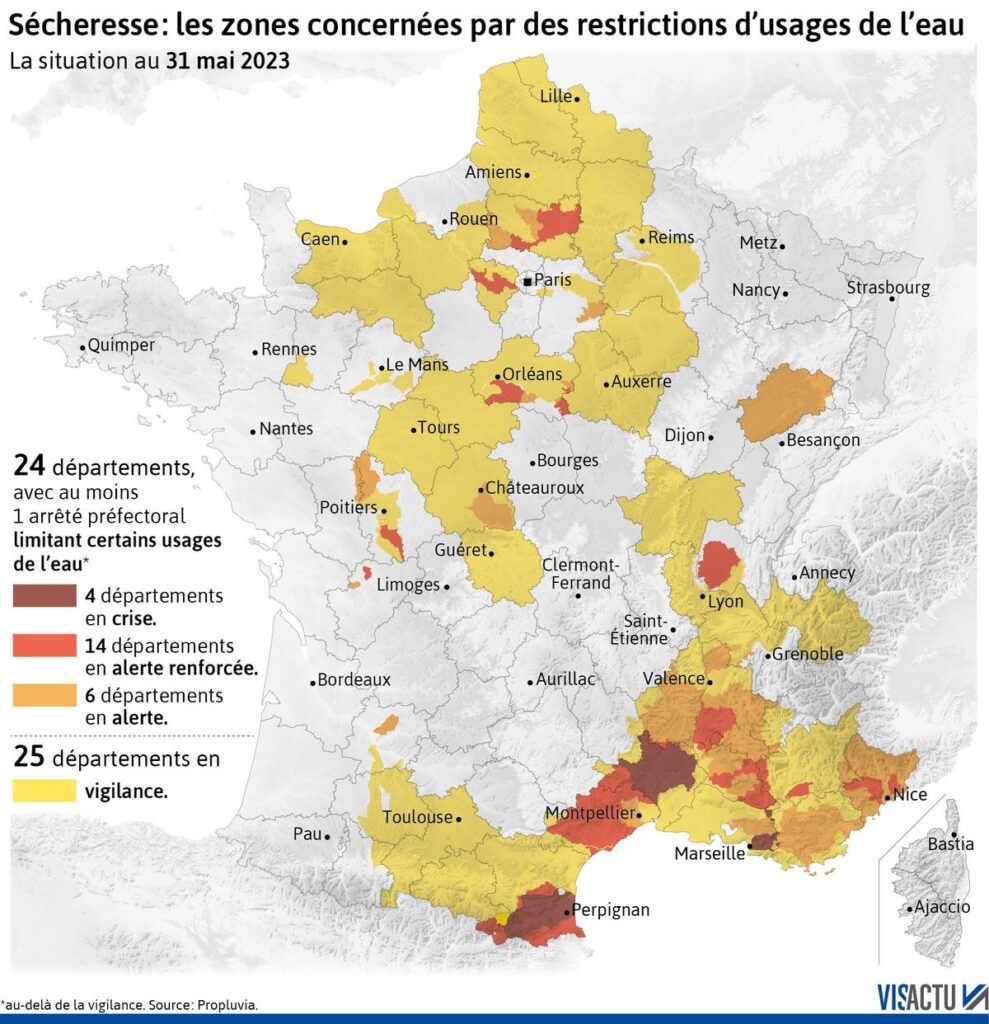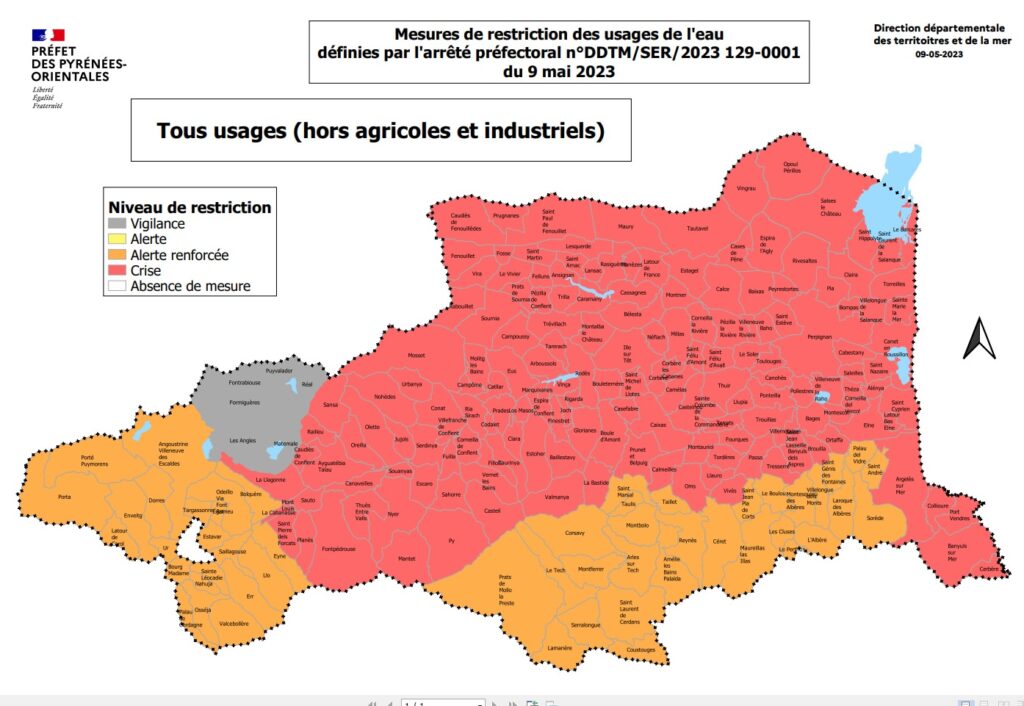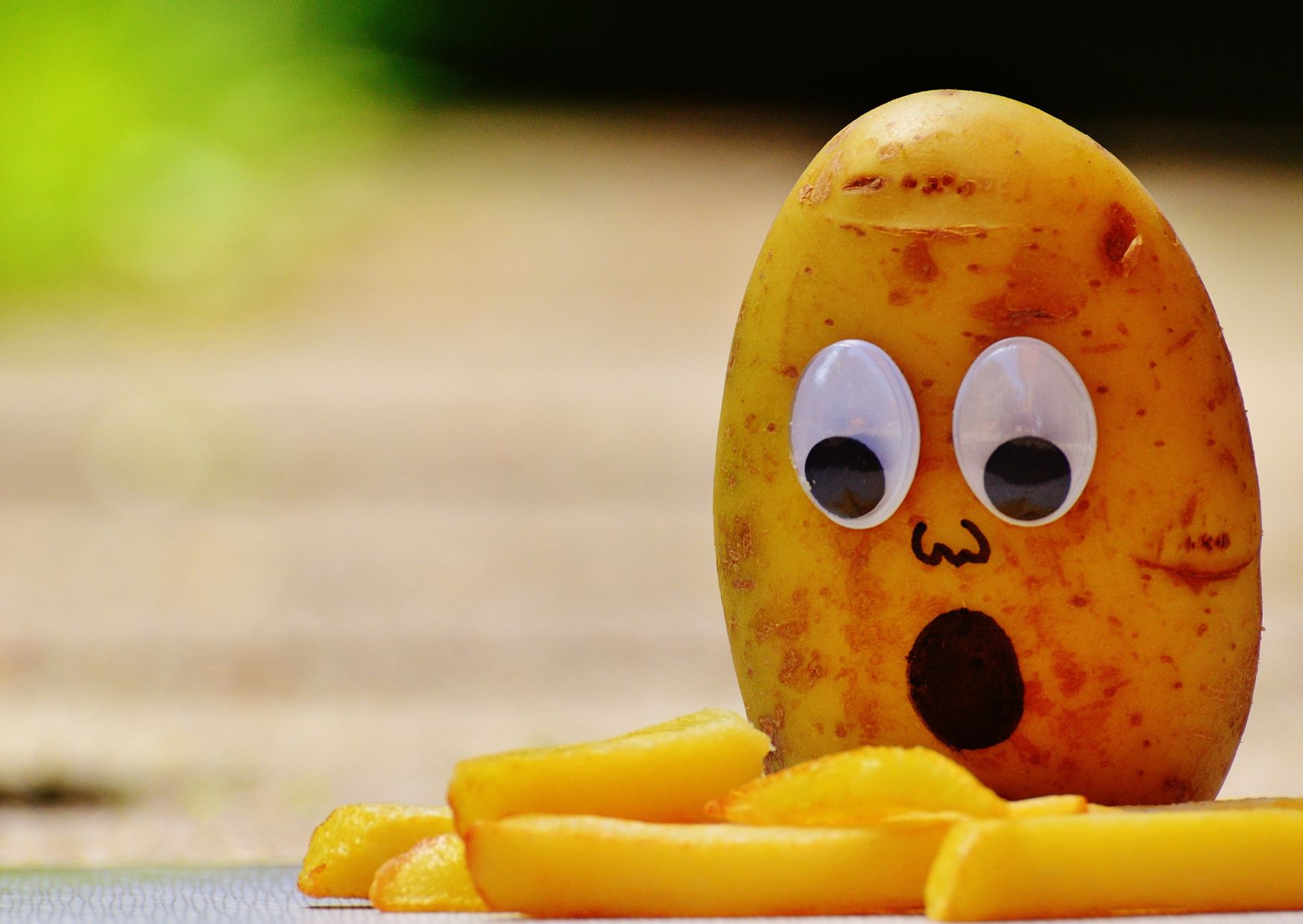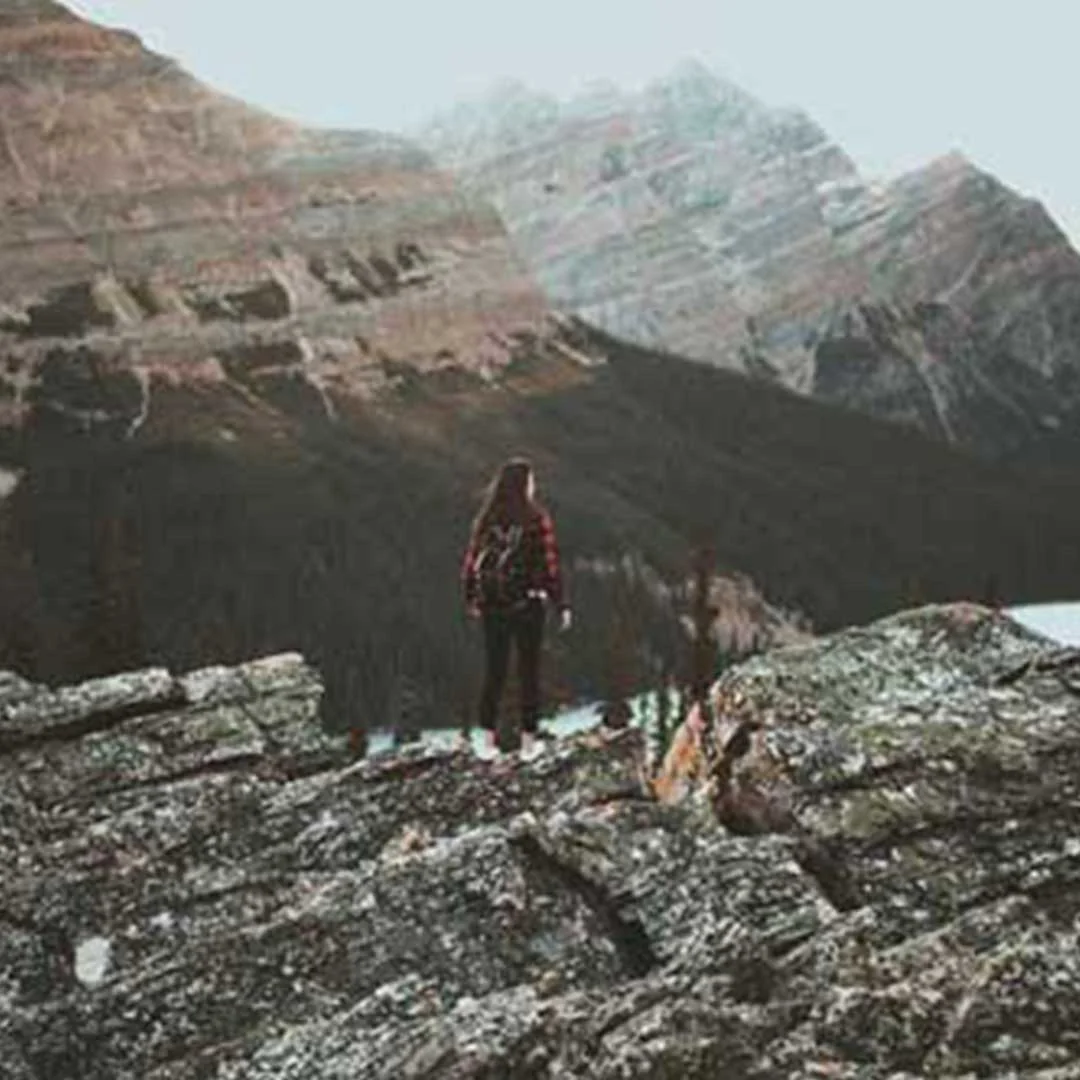When you watch the news and realise that the department you are about to go to live in has a serious water shortage problem, you start to realise that the life you had before is going to have to substantially change. Perpignan has been quoted to be in a situation of serious drought not seen since 1925. There are communes that don’t have a supply of their own drinkable water. Farmers are being told there is not enough water to save crops, and to put all their energies into saving the trees on their land.
This is serious.
Climate crisis non-believers will hopefully find it difficult to continue with their arguments contrary to the facts right in front of them, but I am sure they will try. However, how can you dispute the evidence, when the water reserves around us collapse and we are reduced to drinking water imported by a lorry rather than sourced from their locality.
We need to rapidly consider all the ways in which we can try to save water, as it is fast-becoming a finite resource not just here in France but globally, as weather systems are shifting, and climates which perhaps were once wet and temperate are now becoming dry and arid.
Here are some ideas to help us all a little through this difficult summer season ahead of us.

Ways to save water
Educate
Teach directly or indirectly children, friends and others the ways you can save water and the reasons why this is important
Follow local advice in your area
If you have questions, ask the relevant authorities and not social media!
Inside the home
Leaks
Use your water meter to check for hidden water leaks
Check toilets, taps, hoses, couplings and pipes for leaks every few months
Insulate your water pipes
Fix leaks immediately
Read the house water meter before and after a two-hour period when no water is being used. If the meter does not read exactly the same, there is a leak.
Bathrooms
Toilet
Stop using your toilet as an ashtray or wastebasket with frequent unnecessary flushing
Put plastic bottles or a float booster (‘hippo’) in your toilet cistern
Buy and fit an adjustable toilet flapper (dual-flush toilet)
If your toilet flapper doesn’t close properly after flushing, replace it.
Install low or dual-flush models
Install composting toilets if appropriate
Use the correct water saving button on the toilet
Avoid flushing the toilet too many times
Shower
Take shorter showers (5 minutes maximum)
Install water-saving showerheads, shower timers, and low-flow tap aerators
Choose to use the shower, not always a bath
If need to, take small baths
When lathering up in the shower, close the shower tap
Use soap instead of shower gels for washing as gels require extra water to rinse off
Taps and sinks
When brushing your teeth, close the tap
When washing your hands, turn the water off while you lather
Turn off the water while shaving
Rinse your razor in the sink
Fit household taps with aerators
General
Double check that the tap is completely off when leaving the bathroom
Install water-saving aerators on all of your taps
Kitchen
Dishwasher
Use your automatic dishwasher for full loads only
If you wash dishes by hand, don’t leave the water running for rinsing
Use a dishwasher to do the dishes where possible
Replace old dishwashers with energy-saving devices
Washing machine
Use your automatic washing machine for full loads only
Consider a high-efficiency washing machine
Do less laundry if possible, considering the new advice for guarding the quality of fabric by reducing the amount of times it is washed in its life-cycle
Cleaning
Use a bucket to clean the floors
General
Re-use waste water where possible (grey water)
Don’t let the tap run while you clean vegetables
Keep a bottle of drinking water in the refrigerator
Avoid pouring out water from your drinking glass down the drain
Use water from cooking pasta for example to water plants (cooled down of course!)
When you drink water from a glass, only take as much as you need
Use the water you saved to drink for later
Avoid bottled water
When you drink from the tap, close the tap when done!
Eat less water-intensive foods
Buy only what you need
Avoid companies that use water excessively in their operations
Minimize the use of kitchen-sink garbage disposal units
Install an instant water heater near your kitchen sink so that you don’t have to run the water while it heats up

Outside
Lawn
Water your lawn only when it needs it (try not to use the hose the day after it rained), and only in the evenings
Deep-soak your lawn
Aerate your lawn periodically. Holes every six inches will allow water to reach the roots, rather than run off the surface.
Avoid over-seeding your lawn with winter grass
Adjust the lawn mower to the height of 1.5 to 2 inches. Taller grass shades the roots, and holds soil moisture better than short grass.
Water your summer lawns once every three days, and your winter lawn once every five days if you are allowed to
Position sprinklers carefully
Use efficient watering systems
Shrink your lawn or take it out completely and “rewild it”
Outside activities
Use a broom to clean driveways, pavements, steps and driveways
Water during the early parts of the day; avoid watering when it is windy, rainy or the height of the day
Use rainwater storage techniques (e.g. guttering into water-butts)
If you have a cooler, direct the water drain to plants in your landscape
Water-audit your property to find out your recommended water use, then monitor your utility bills to gauge your monthly consumption
Look into water recycling options at home and school
Never pour water down the drain when there may be another use for it. Use it to water your indoor plants or garden.
Hard surfaces, swimming pools and car
Don’t run the hose while washing your car, use a bucket
Use car-wash facilities in town (they use less water)
Cover swimming pools to reduce evaporation
Ask yourself, “does the car really need washing?”
Children
Regulate childrenss games which use water
Trees, shrubs and plants
Plan and create a garden with water restrictions in mind
Water your plants wisely, such as during the cool parts of the day
Plant drought-resistant lawns, shrubs and plants. Use native plants
Put a layer of mulch around trees and plants, and use efficient watering systems for shrubs, flower beds and lawns
Water during the early parts of the day; avoid watering when it’s windy
While fertilisers promote plant growth, they also increase water consumption. Apply the minimum amount of fertiliser needed.
Plant in the spring and Autumn, when the watering requirements are lower
Plant in ‘Hydro-Zones’ to maximize water use
Plant trees in the garden for shade
Use a watering can to water the plants
Harvest rainwater for watering vegetable beds
Use a soil-moisture meter to gauge when you should water your garden
Control weeds to reduce competition for water in the garden
Lastly, these are troubling times but working together we will be able to overcome problems like this and not only that but become closer as a community. A lot of these suggestions seem insignificantly small, but added together, save a lot of water!

MidLife Crisis In France
COPYRIGHT Ⓒ 2023












